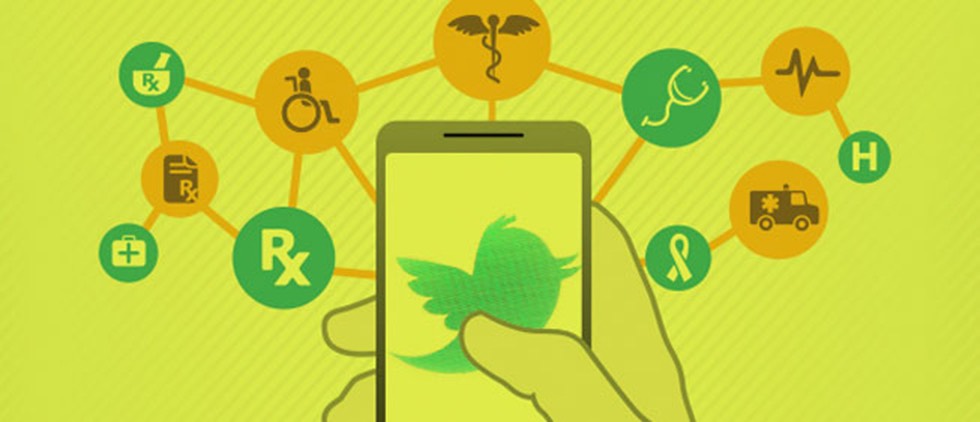Healthcare Content Marketing: It’s All About Quality

I’m going to let you in on a little secret, folks: at the end of the day, no matter what kind of social content strategy you come up with for your hospital or healthcare system, it’ll all be for naught if you don’t have good quality content. Sounds simple, right? You’d be surprised, though, at how many organizations – even those with in-house marketing staffers – don’t understand this seemingly fundamental idea. Bottom line: if what you’re saying isn’t valuable to your audience members, why would they care about it? (Hint: they won’t.)
Content = identity
The content you create is going to say a lot about who you are. For example, maybe your hospital is community focused. Or maybe you want to be a thought leader in a specialty like cardiac care or cancer care. Or perhaps you want to be a “voice” of healthy living and wellness. Whatever identity you’re going for, make sure you decide on that first and then create content in a way that supports it.
Community focused? Share photos from a recent local event you sponsored. Thought leader? Craft a response to a just-released study or research paper. Voice of wellness? Offer up a recipe and tell your audience about the main ingredient’s health benefits.
Remember: while it’s tempting to feed all types of content through social channels to keep them fresh and current, it’s more important to stay on-strategy so you’re consistently delivering on “who you are.”
Everyone loves a good story
Think about the new stories you enjoy, the television shows you really get into and the songs you hear that have the most meaning for you. Chances are they all have one thing in common: they tell a story. Maybe it’s a funny story, a happy story, a sad story or a thought-provoking story – in any case, it moved you in some way. That’s what stories do. You want your content to make an impact on people: you do that most effectively by telling them a story.
And there are many ways to tell a story, you know. Videos, for example, are great platforms for storytelling, because they can be both visual and audible. Maybe you know of a patient who simply loves your facility or a specific doctor – a video testimonial is a great way to get his or her story told because it will be much more powerful than a written statement might be.
Repurposing content isn’t lazy – it’s smart!
So you have this great blog post, press release, video… whatever. Guess what? The best thing you can do to get that content “out there” is repurpose it across all appropriate channels. No, this isn’t cheating. Social media channels require a lot of content in order for them to stay relevant and valuable, so it can be an easier lift to use what you have more than once. Think of it as a way to ensure you get as many eyeballs on your piece of content as possible.
Repurposing content also allows you to get creative, as different platforms – and different audiences on these platforms – will require a bit of a different twist or angle. Creativity can also sometimes lead to better engagement – repurposing content on social media platforms inherently makes the content more shareable, which can lead to more conversation.
Sharing is caring
Speaking of sharing, make sure your content is shareable. What does this mean? Well, it means a couple of things, actually. First and foremost: double-check that any share functionality that exists on your platforms is turned on (and also tailored in a way that’s manageable for you and your staff). So, for example, make sure those share buttons are appearing on each of your blog posts. Next, make an effort to create content that is in and of itself shareable. When sending a tweet, for example, try to keep it well under 140 characters so it’s easy to retweet without losing your original content.
If content can be shared easily, it is more likely to be shared. And every time your content gets shared, you win at social media marketing just a little bit more.
Stay tuned for my next blog post on how social media streams must serve a purpose, AKA: if you build it, there’s no guarantee they will come.






